Home > Blog > How to manage your product… and why Google got it wrong this time
How to manage your product… and why Google got it wrong this time

When it comes to online tech products Google is the undisputed world leader – almost everything it launches turns to gold, swiftly becoming the industry standard.
From Search and Gmail to Chrome, Docs, Maps, Translate, Drive and Google Plus 🙂 the massive successes have far outweighed the failures.
It only makes sense then that any insight we can get into the processes used by Google Product Managers should be treated as a great reference for how to deliver high quality products.
So I was somewhat surprised to see this post from a Product Leader at Google when someone asked which product management software the company’s PMs use.
“This may be disappointing,” he wrote, “but we use Google docs, sheets and slides.”
“They are truly sufficient for almost all product management needs.”

Then he added…
“To be honest, if I had a team completely collocated, I would recommend a whiteboard and post it notes to simplify further.”
As trailblazers for online innovation, and with teams located in offices all over the world, you might have expected Google’s product leaders to promote a streamlined and integrated product management process.
But it appears they favour an old school approach rather than adopting the new generation of platforms designed to help product managers make better product decisions and communicate them by centralizing the mass of info and data in one, accessible location.

Communication Breakdown
There’s no question that communication and engagement with other teams should always be a top priority for any product manager.
However I think Google got it wrong here. While classic collaboration techniques still have their place, they can often be a cause of frustration and confusion for product managers.
Sure, your product can be managed, and managed well, with spreadsheets, whiteboards, and sticky notes. On the same note, it’s possible to manage front-end developer tasks through email, just like they were 10-15 years ago, and many of the world’s most popular software products were created before task management tools like Jira took over.
But if I suggested that a modern dev team discard Jira and go back to using email and watercooler chats I can’t imagine they’d jump at the opportunity. I mean, one could even argue that you can do just fine asking friends or popping into the public library instead of using Google when you need some information 😉

The Advantages of a Product Management Platform
Implementing a dedicated product management platform can be a game changer that will transform and streamline the product planning and management process across the department. This is because informed, confident decision making is the bedrock of product management.
The more details you have – from story points to customer feedback – the easier it is to decide what you should put into production and what should be left on the backburner. And when you can formulate your own data based on factors like the potential value and feedback from users you will be in a far better place in terms of product confidence.
With all your features and info centralized in an interconnected hub it’s much easier to prioritize the backlog, build roadmaps, manage customer feedback, map user stories and define an overall product strategy.
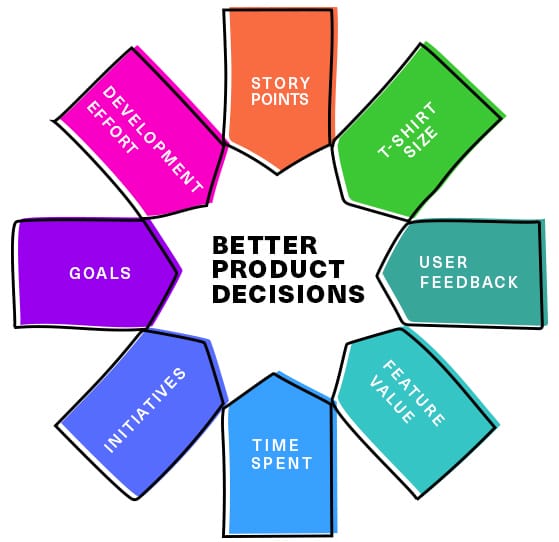
All the Info in One Place
One of the biggest advantages of an integrated product management platform is the centralization of your product planning. Instead of saving details of your backlog, upcoming features and feedback in separate Excel files or Google Sheets, you have a fully interactive features table that has been made specifically for product management and can be directly linked to your feedback management tool and development team’s task manager.
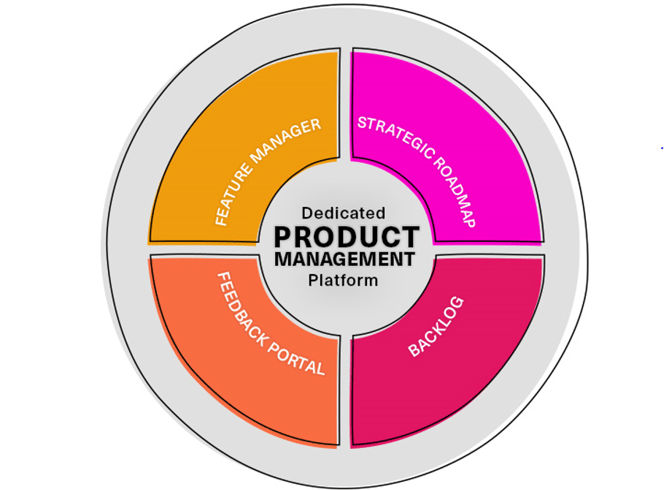
This makes it simple to create the list of features and then view the data related to one or multiple current or upcoming features.
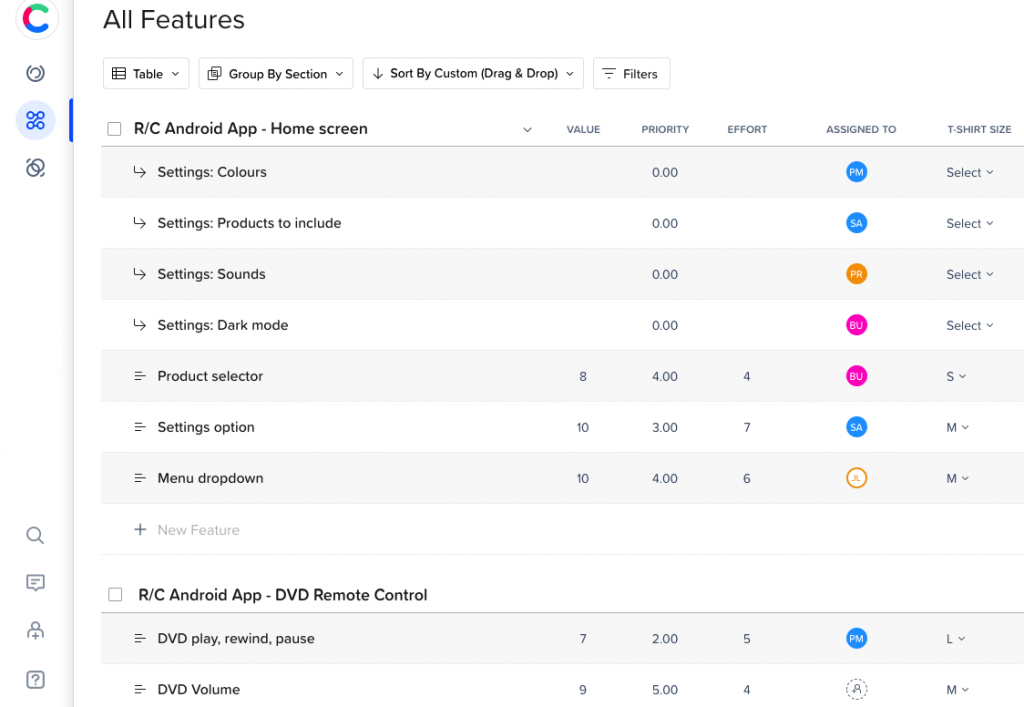
The option to create formulas from the data in your features table and then view statistics related to that data can be particularly useful when assessing the potential feature ideas. For example you can create a custom field called “priority” by subtracting the development effort from the value score you’ve given a feature, and then sort the list to show the highest priority features at the top.
At the same time, having everything in one place means you don’t have to spend time searching through mountains of files and folders to find the documents and information you need, especially when you’re in meetings such as a roadmap presentation and need to access more detailed info.
Instantly Updated and Connected Data
When you use dedicated product management software, it allows everything to be integrated and connected. Therefore, when anything changes in one place it is instantly updated everywhere else.
How does this work in practice? Let’s take your roadmap. Product Management platforms usually include a fully integrated roadmap building tool which can be linked your features list and goals to the roadmap. Then, any time changes to your plans, such as when you move a feature or a goal to a new sprint, it will instantly be changed in the roadmap and features table.
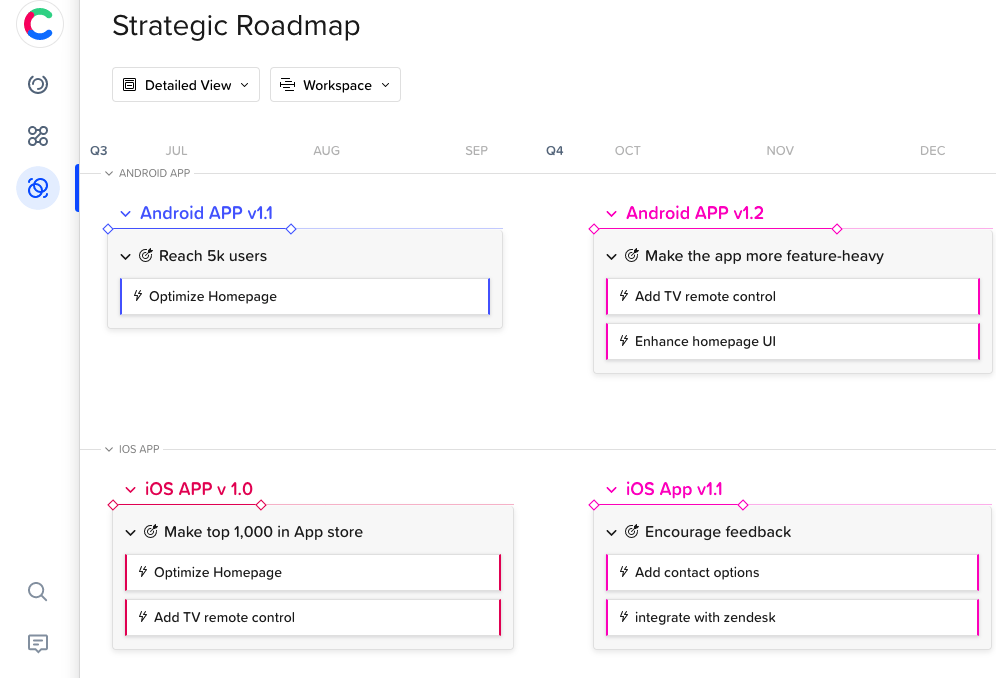
When the features are linked to the development team’s tool like Jira everything can be updated automatically. The product manager never needs to go into Jira to create a dev task and can check the status of any features or stories directly from the feature table.
Enhanced Communication
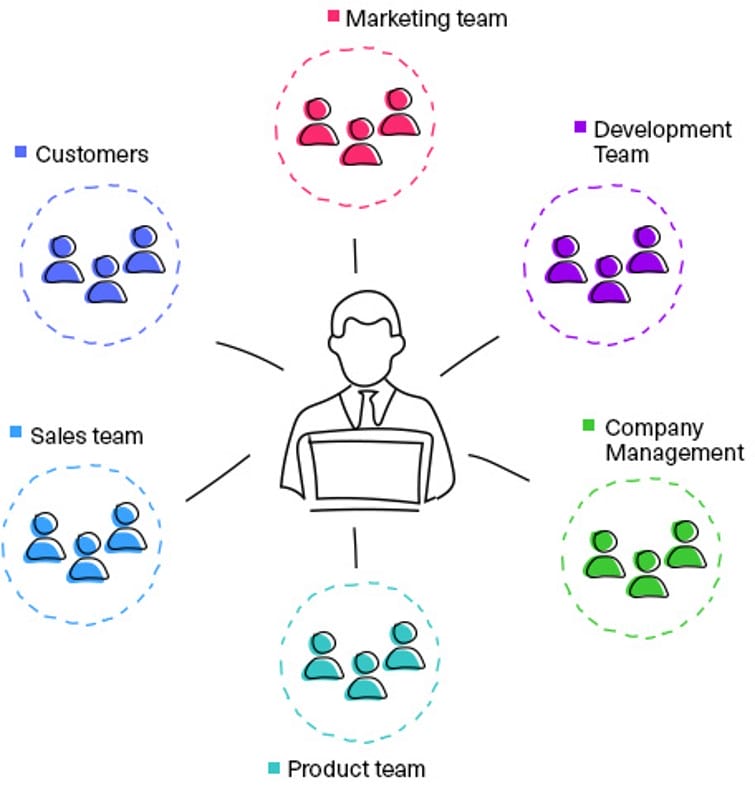
Both internal and external communication is one of the most important elements of product management. Despite being the so-called “CEO of the Product,” usually the product manager doesn’t actually manage most of the teams and individuals they rely on to get their product from planning to reality. That’s why it is important for everyone involved to be on the same page and to feel part of the product process.
Using a dedicated product management platform opens up the channels of communication in a number of ways. First, everyone can be given access to the features list and roadmap so they have the opportunity to make comments on any of the features. Secondly, when everything is automatically updated, you know that anyone who has access is always viewing the latest version of the features list or roadmap.

Additionally, tools like Craft include a dedicated feedback management tool which is linked to the features list. This enhances the involvement of both colleagues and users who can add their suggestions with just a few clicks. And any comment or idea can be also be linked to a specific feature, so you can easily see which features have been heavily requested or supported by users.
A Product-Led World
The infiltration and influence of software, BI and data in almost every industry has made product an enormously significant focus for businesses around the world. And with product managers under pressure to be as agile as possible in order to continuously develop and ship new and innovative products, it is essential that they have access to the right tools.
Regular documentation tools are designed for the mass market, so they can be all things for all people but they are not created for making a roadmap or managing your feature plans. Using dedicated product management software, however, includes the actual tools and information you need to manage your product, giving you the confidence to make the right product decisions.
Start building your product with Craft
Craft’s Product Management Platform has been specifically designed to streamline the product planning process and help product managers make better decisions as a result.

